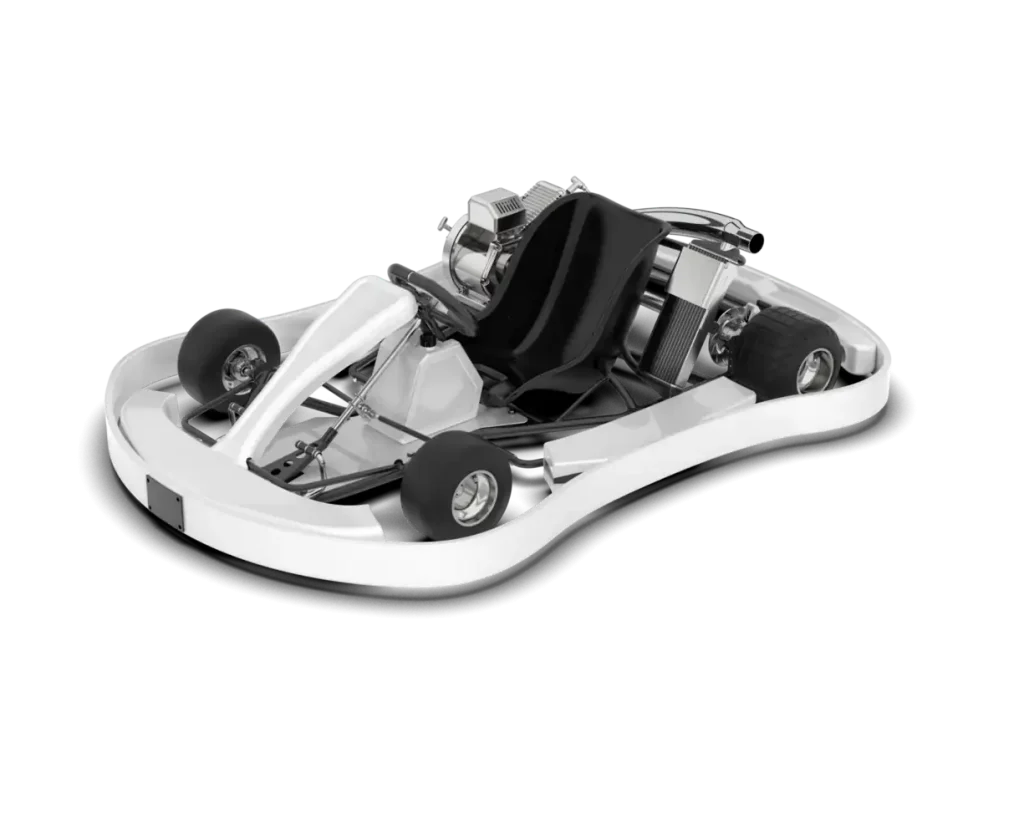Ultimate Kart Setup Guide: Master Your Speed on Track
Whether you’re a seasoned racer chasing record lap times or a weekend warrior craving smooth handling, mastering your kart setup guide is the key to unlocking peak performance. The way you adjust the chassis geometry, fine-tune tire pressures, and dial in engine mapping can mean the difference between finishing mid-pack and standing on the podium. In this comprehensive kart setup guide, we’ll walk you through every critical detail, from camber adjustments to gear ratio optimization, ensuring you understand why each tweak matters. You’ll gain insider knowledge, actionable tips, and real-world examples that demystify kart preparation and tuning. Emphasizing both speed and stability, this guide balances technical depth with practical advice, making it accessible whether you’re just starting in kart racing or looking to elevate your existing skills. Let’s dive into the world of chassis alignment, tire selection, and engine performance, and transform your go-kart into a finely-tuned racing machine.
Why a Proper Kart Setup Matters
Before you even fire up the engine, understanding the fundamentals of chassis setup and tire compounds will set the stage for success. A well-prepared kart enhances traction, fosters predictable handling, and maximizes power delivery. Whether you’re on a twisty indoor track or a high-speed outdoor circuit, every adjustment you make impacts lap times and consistency. Skipping key setup steps can leave you chasing handling issues, from unpredictable understeer in corners to wheelspin on the straights. By following a proven go-kart setup approach, you’ll build confidence, reduce on-track wheel-wobble, and extract the full potential of your machine.
Performance Gains
Fine-tuning your kart can slash tenths of a second per lap—an eternity in competitive racing. Small changes in chassis stiffness, tire pressure, or engine jetting can translate into significant speed advantages. For example, adjusting camber by just half a degree can increase cornering grip, allowing you to maintain throttle through apexes without losing momentum.
Driver Comfort and Safety
Ergonomics play a vital role in lap consistency. Proper seat angle and pedal positioning reduce driver fatigue and improve weight distribution. When you’re comfortable, you can focus on apexes, braking points, and racecraft, rather than battling back pain or cramped legs. Safety harnesses adjusted to the correct tension also keep you secure during close-quarters racing.
Essential Components of a Kart Setup
Chassis Alignment and Camber
Chassis geometry dictates how weight is transferred in corners. Setting the correct chassis twist and anti-roll bars ensures balanced left-right grip. Camber adjustment, measured in degrees, affects how the tire contacts the track surface. Optimal camber varies by track type—flat indoor circuits might need slight negative camber, while bumpy outdoor courses could require a more neutral stance.
Tire Selection and Pressure
Choosing the right tire compound is crucial for grip and durability. Softer compounds deliver superior traction but wear out faster, while harder compounds last longer at the expense of peak grip. Adjust tire pressures between 12–15 psi depending on ambient temperature and track abrasiveness. Use a high-precision gauge to ensure even pressures front to back.
Engine Tuning and Gear Ratios
Engine mapping and carburetor jetting are at the heart of kart performance. The main jet size, needle position, and air-fuel mixture should be tailored to your local conditions.
Base Jetting Configuration
Start with the manufacturer’s recommended base jet and inspect spark plug color after a few laps. A light tan insulator means ideal combustion, whereas a dark, sooty plug suggests a rich mixture.
Gear Ratio Adjustment
Select sprocket sizes to balance acceleration and top speed. A larger rear sprocket increases acceleration but lowers maximum velocity, ideal for tight circuits. Conversely, a smaller sprocket favors high-speed tracks.
Ergonomics: Seat and Pedal Position
Seat placement affects weight distribution fore and aft. Move the seat closer to the steering column to increase front grip, or slide it back for more rear traction. Pedal spacing and height should allow smooth heel-toe shifting without strain.
Step-by-Step Kart Setup Process
- Initial Inspection: Ensure frame alignment, check for cracks, and verify steering components.
- Chassis Leveling: Use a setup board or spirit level to confirm front-to-rear and side-to-side balance.
- Tire Preparation: Mount fresh tires, set pressures, and measure temperatures after installation.
- Engine & Tuning: Install stock jetting, perform test runs, and adjust mixture based on plug readings.
- Final Checks: Tighten all hardware, confirm chain tension at 25–30 mm slack, and inspect brake pads.
Following this sequence ensures no detail is overlooked, paving the way for consistent on-track performance.
Common Challenges and How to Overcome Them
- Understeer: Occurs when the kart pushes wide in corners. Try reducing front tire pressure or increasing front camber.
- Oversteer: The rear end steps out, causing spins. Raise rear tire pressure or soften rear chassis settings.
- Uneven Tire Wear: Indicates misalignment. Check toe-in/toe-out settings and rotate tires evenly between sessions.
- Engine Overheating: Often due to a lean mix or clogged radiator. Enrich the jetting and clean cooling fins regularly.
Expert Tips and Real-World Examples
Professional karting teams often track lap-by-lap data to fine-tune setups. In one case study, Team Redline swapped to a slightly softer compound and rebalanced chassis twist, cutting lap times by 0.3 seconds on a 1-km track. Another racer found that moving the seat forward by just 10 mm improved turn-in response dramatically at a tight indoor facility. These incremental changes highlight how precise adjustments can transform your race weekends.
Maintaining Your Kart for Longevity
While dialing in performance is exciting, regular maintenance ensures reliability. Ignoring routine checks risks mechanical failures and costly rebuilds.
Regular Inspection Routine
- Check bearing play in wheels and steering shaft.
- Inspect chain alignment and lubricate with high-quality kart chain oil.
- Examine brake discs and caliper pistons for wear.
Proper Cleaning and Lubrication
After each track day, wash off dirt and grime with low-pressure water. Avoid direct spray on bearings. Reapply chassis protection spray, and grease sliding components to prevent corrosion.
Ready to Accelerate Your Racing Journey?
Armed with this kart setup guide, you now have the knowledge to fine-tune your machine for any circuit. Keep a logbook of every adjustment and lap time to track progress. Want to dive deeper? Download our complete setup checklist and subscribe for advanced tuning tips delivered straight to your inbox. Hit the track, test your new settings, and let us know how you shaved those precious tenths of a second. Your podium finish awaits!

